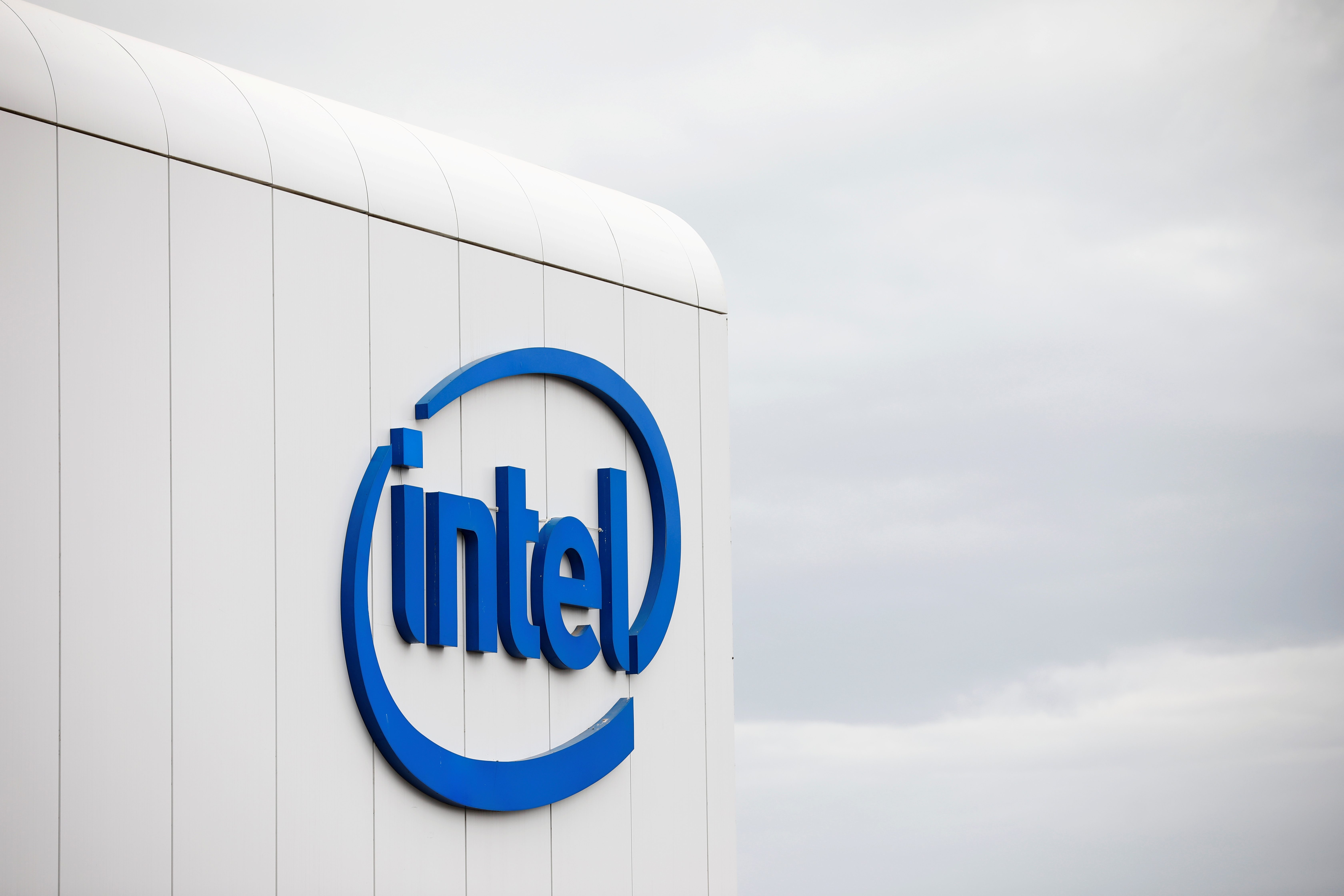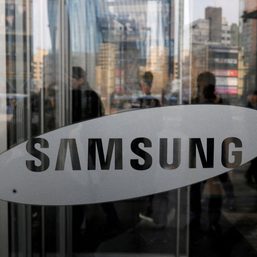SUMMARY
This is AI generated summarization, which may have errors. For context, always refer to the full article.

The incoming chief executive of Intel Corp said on Thursday, January 21, that most of the company’s 2023 products will be made in the company’s factories but outlined a dual-track future in which Intel will lean more heavily on outside factories.
Shares rose 6.5% during regular trade, when the results were released ahead of the close. The Financial Times quoted the company as saying it had been hacked. After hours shares fell about 1.9%.
Intel last week named Pat Gelsinger of VMware Inc as its incoming chief executive effective February 15 as it grapples with delays in its 7-nanometer chip manufacturing technology.
On an earnings call on Thursday, Gelsinger said he had reviewed the company’s manufacturing operations over the previous week and was “confident that the majority of our 2023 products will be manufactured internally” though he also said that Intel’s use of outside chip factories is likely to increase “for certain technologies and products.”
For a half century, Intel has insisted that both designing and fabricating its own chips led to the best-performing products, especially for its flagship processor chips, a tenet of faith called into question after Intel lost its lead in manufacturing technology. However, the company has also long used outside partners such as Taiwan Semiconductor Manufacturing Co for some of its products, from its Mobileye self-driving car unit to its forthcoming consumer graphics chips.
“There is enormous opportunity ahead for Intel. But to be able to seize these opportunities, we have to deliver the best products and stay ahead of our customers’ needs. We need to become more agile in a very competitive market,” Gelsinger said on the call.
Gelsinger said he would give more details on which chips would be made internally once taking over as chief executive.
Intel on Thursday also forecast first-quarter revenue and profit above Wall Street expectations, continuing to benefit from high demand for laptops and PCs that have powered the shift to working and playing from home.
Intel said fourth-quarter sales from its PC chip business were $10.9 billion, compared with analyst estimates of $9.57 billion, according to FactSet data.
Data center group sales, which powered Intel’s growth over the past several years, were $6.1 billion compared with analyst estimates of $5.48 billion, according to FactSet data. But sales to cloud computing customers, some of the largest and fastest-growing purchasers of data center chips, were down 15% in the fourth quarter.
This is the second quarter in a row of decline and part of a what Intel’s Chief Financial Officer George Davis called a pattern where customers buy large volumes of chips and then “digest” the purchases over several quarters. Data center chip operating margins were 34% in the quarter, down from 48% a year earlier.
“We think (data center) operating margins are going to improve as we get toward the second half of the year, when we expect to see a rebound in cloud” chip sales, Davis said, adding that it was too early to tell if the recovery would come in the first or second quarter of 2021.
Fourth-quarter revenues and adjusted earnings per share both topped Wall Street targets, according to IBES data from Refinitiv. The company also raised its dividend by 5%.
Davis told Reuters in an interview that the company’s 10-nanometer chip production volume will be larger than its 14-nanometer chip production volume in the second half of 2021. Intel had previously told investors that the crossover point would happen this year but did not say when.
Intel, for decades the biggest maker of computing chips for data centers and PCs, is grappling with technology delays in its manufacturing operations and said in July it was debating whether to outsource more of its 2023 product lineup.
Intel regained some momentum in the PC market, with volumes of PC chips rising 33%, a greater increase than the overall PC market shipment rise of 26% in the same quarter, according to data from IDC. It had released new “Tiger Lake” chips for high-end PCs for the holiday shopping season.
While Intel’s data center unit beat expectations, chip volumes declined 9%, driven by a dropoff in purchases by cloud computing service providers.
The chipmaker said it expects fiscal first-quarter adjusted sales of $17.5 billion and adjusted earnings per share of $1.10. Analysts average estimates were for $16.06 billion revenue and 93 cents earnings per share, according to IBES data from Refinitiv.
The company reported fourth-quarter revenue of $20 billion, beating estimates of $17.5 billion. Adjusted earnings per share in the fourth quarter of $1.52 topped the analyst consensus of $1.10. – Rappler.com
Add a comment
How does this make you feel?

![[Rappler Investigates] Dangers of TikTok](https://www.rappler.com/tachyon/2024/04/dangers-tiktok-april-18-2024.jpg?resize=257%2C257&crop=309px%2C0px%2C1080px%2C1080px)



There are no comments yet. Add your comment to start the conversation.